Tektronix's precision testing ensures the commercial security of mobile 3D face recognition technology and illuminates future technologies.
In the Cook's mouth, the new flagship iPhoneX, which is described as "defining the future of smart phone form", pioneered technology and adopted 3D face recognition Face ID, which will subvert the experience of smartphone users. Tektronix Technology is involved in the mass production testing of Face ID technology, providing solid and accurate cooperation support for the commercialization of this dazzling future technology.
So, what sparks did the two high-tech companies wipe out?
iPhoneX's cool technology Face ID
How does iPhone X capture captured 3D information on the face? Its front black bangs consists of 8 components. Face recognition related components include: Infrared camera, Flood illuminator, Proximity Sensor, Ambient light sensor Sensor) and Dot projector.

Figure 1. iPhoneX Face ID main components
Among them, this news photo of the conference is impressive: the infrared image that realizes face recognition is formed by dot matrix projection, forming more than 30,000 infrared points on the face, and then shooting with an infrared camera, according to a certain algorithm in the system. The facial contour is modeled in three dimensions and matched for recognition.

Figure 2. iPhone Face ID face recognition
These infrared rays play an important role in face recognition, so how do they come about?
Light from a VCSEL surface emitting laser
Face ID uses a band of near-infrared lasers combined with TOF and structured light modeling techniques for 3D modeling and matching recognition.

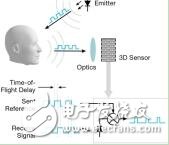
Figure 3. Structural light modeling techniques Figure 4. TOF modeling techniques
Almost all modern lasers are produced by laser diodes. Here, we have to mention the most popular term in the optoelectronic industry: VCSEL (VerTIcal Cavity Surface EmitTIng Laser) vertical cavity surface emitting laser, which is a kind of surface emitting laser.
The four characteristics of VCSEL are extremely suitable for mobile 3D sensing applications. The industry predicts that VCSEL production will explode in the next few years due to optical communications, mobile 3D cameras, and LiDAR applications:
1. The semiconductor-like process can be directly fabricated and tested on Wafer, and the cost is low, which is suitable for large-scale commercial use.
2. Compared to edge-emitting lasers, VCSELs can be integrated into 2D arrays for applications with different optical power and transmission distances.
3. The wavelength is stable, especially the ambient temperature has little effect on the wavelength of light.
4. The spot is narrow and round, the threshold current is small, and the power consumption is low.
The Keithley brand source meter (SMU) and high-precision high-sampling multimeter (DMM) from Tektronix are the industry test standards for optoelectronic industry VCSEL lasers, various laser diodes, photodiodes, diodes and other optical components. With the rapid development of technology, new test challenges are emerging, and Tektronix' test instruments are also advancing with the times and participating in the testing of the most advanced future technology Face ID.
From VCSEL Array test to Keithley source meter, sampling galvanometer
VCSEL and VCSEL Array, as well as standard detection of various laser diodes, have many important parameters to measure to characterize the LIV (photo-current-voltage) characteristics of a laser. One of them is the measurement of the laser luminous power.
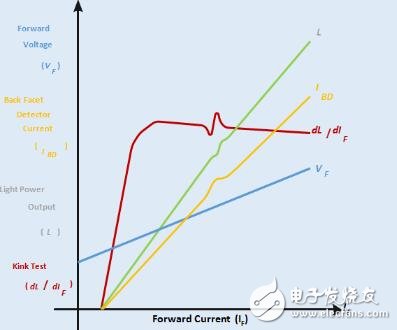
Figure 5. Partial typical parameter testing of a laser diode
According to the ANSI National Laser Safety Standard, lasers of various wavelengths have corresponding power output upper limits to protect the human body, especially the human eye. The near-infrared laser is applied to 3D face recognition, gaze perception, realizing large-scale commercial use, and user safety is the first element. Therefore, the optical power test of the VCSEL Array becomes critical and essential in the mass production test of Face ID.
Using Keithley's source meter and sampling ammeter to build a standard laser optical power test system: the source meter acts as a precision current pulse source, driving the laser to emit lasers of different wavelengths, and the laser passes through a special integrating sphere for light collection and photoelectric conversion. Then use the sampling galvanometer to quickly sample the ultra-small current to accurately measure the laser power emitted by the laser. The classic test principle, combined with the excellent performance and specifications of the test instrument, can complete the construction of a complex and challenging test system.

Figure 6. Typical laser optical power test principle
In the near future, when fruit powders experience cool 3D face recognition, don't forget that Tektronix is ​​escorting behind the development and commercialization of these cutting-edge technologies.
What are IC Sockets?
Most of our everyday electrical devices contain integrated circuits (ICs) or chips which are installed on the printed circuit board (PCB). Most chips are soldered directly onto the board but sometimes they need to be interchangeable, or removed, and this is when an IC socket is used.
The IC socket fits onto the board and holds the chip, protecting it from heat damage which could be caused by soldering. Programmable chips are a great example where IC sockets are used, allowing removal for testing, programming or replacement due to failure.
IC (Integrated circuit) Sockets
IC Sockets connector is designed to provide a compressive interconnect between component leads and a printed circuit board (PCB). This connector is designed to provide a compressive interconnect between component leads and a printed circuit board (PCB). It simplifies the board design, enables simple reprogramming and expansion and easy repair and replacement, and offers a cost-effective solution without the risk of direct soldering. With a wide range of solutions for land grid array (LGA) and pin grid array (PGA) sockets, this connector features contact tip geometry optimized to reduce risk of contact damage during handling and package installation.
Antenk offer a comprehensive range of DIP, SIP and PGA sockets to suit most multiple electrical applications.
Types of IC Sockets
DIL /DIP– Dual in-line. These have two parallel rows of pins, available in various numbers to match the relevant IC and are normally very cost effective. A larger socket can be created by placing two smaller ones together, end-to-end, e.g. two 8-pins become 16-pin.
SIL/SIP – Single in-line. This socket has a single line of pins and are frequently used in smaller applications like resistor arrays or boards with short lead pins, such as a desktop computer. There are many different sizes and attributes available.
PGA – Pin Grid Array Sockets. Complex printed circuits are too valuable to risk direct soldering to expensive integrated circuits (ICs). Using a socket is the answer. The use of sockets offers advantages that prove cost effective and simplify board design.
DIMM – Dual In-line Memory Module. Random Access Memory (RAM) can be easily installed in computers or laptops using DIMM sockets. These are important components that help to ensure reliable connectivity. They have two separate rows of electrical contacts or pins on either side. It`s a general rule that the more pins the higher the RAM it supports. There are various pin sizes available.
SIMM – Single In-line Memory Module. These have a single row of pins which connect memory modules to circuit boards. They are space saving and can be installed at predetermined angles with positive polarisation to prevent memory modules from being inserted incorrectly. They are used mainly in older computers dating from the 1980s to late 1990s. Available in various sizes and number of pins.
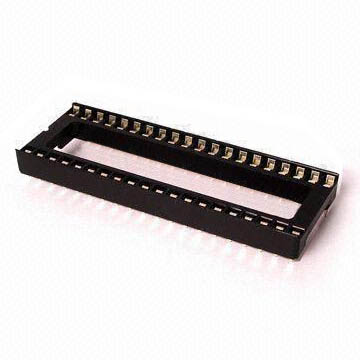
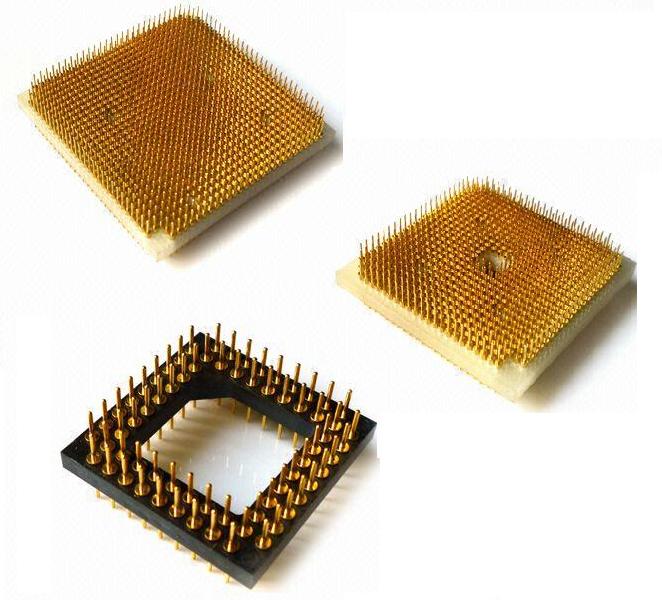
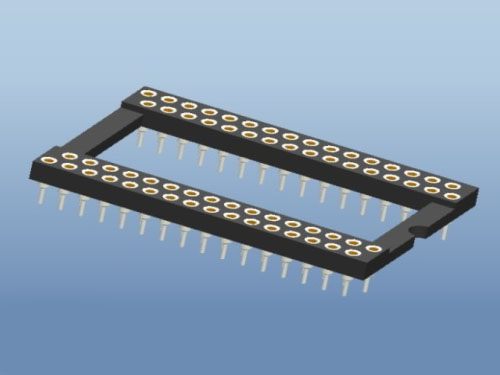
IC Sockets Connector/Integrated Circuit Sockets Typical Applications
In notebook and desktop computers, LGA sockets feature a robust bolster plate for reliable connection to the microprocessor package while limiting PCB bowing during compression.
In servers, our mPGA and PGA sockets -- with custom arrays available in more than 1,000 positions --offer zero insertion force (ZIF) interface to the microprocessor PGA package and attach to the PCB with surface-mount technology (SMT) soldering. Antenk's IC sockets are designed for higher performance CPU processors.
IC Sockets,Ic Socket Connectors,Pin IC Socket,Pin IC Socket Connector,IC Sockets Adapters,IC Sockets & Plugs,Integrated circuit Sockets,IC Sockets and Headers
ShenZhen Antenk Electronics Co,Ltd , https://www.atkconnectors.com